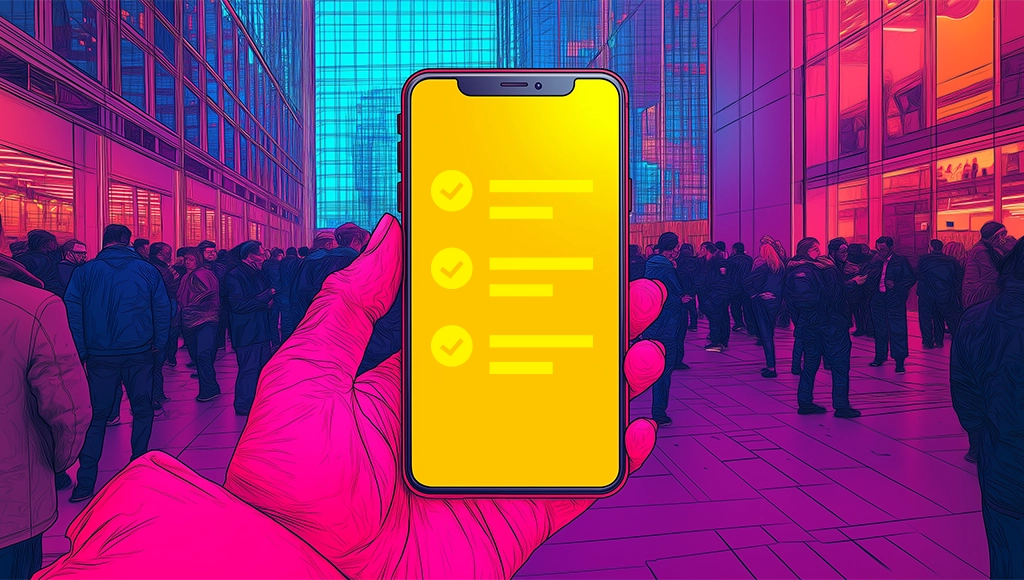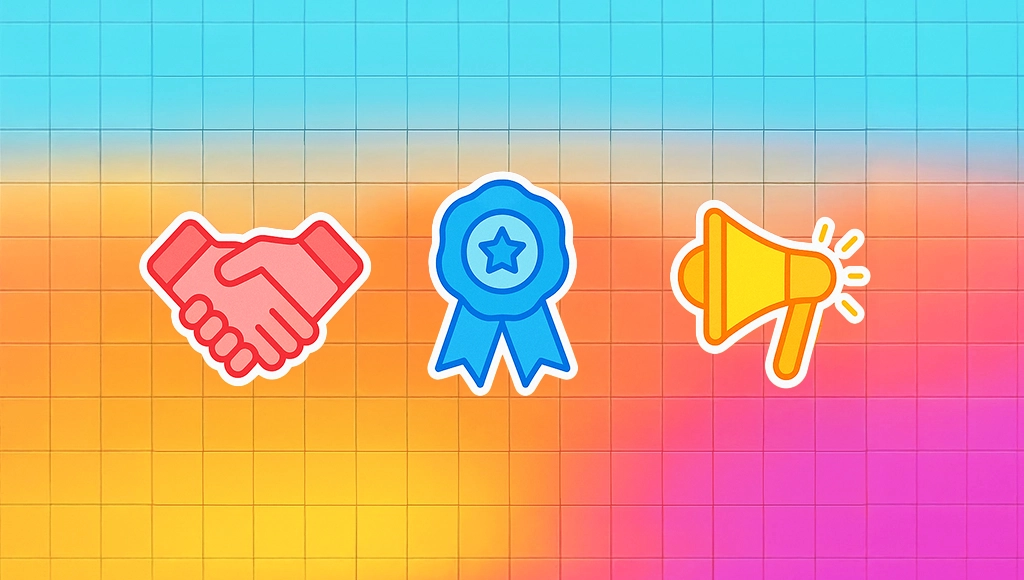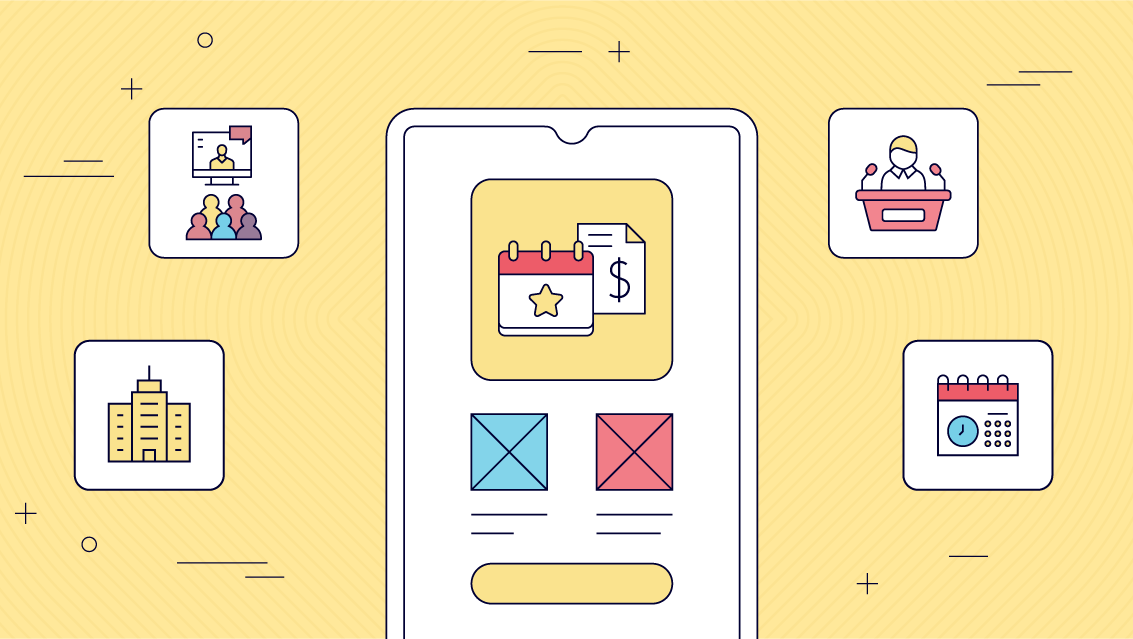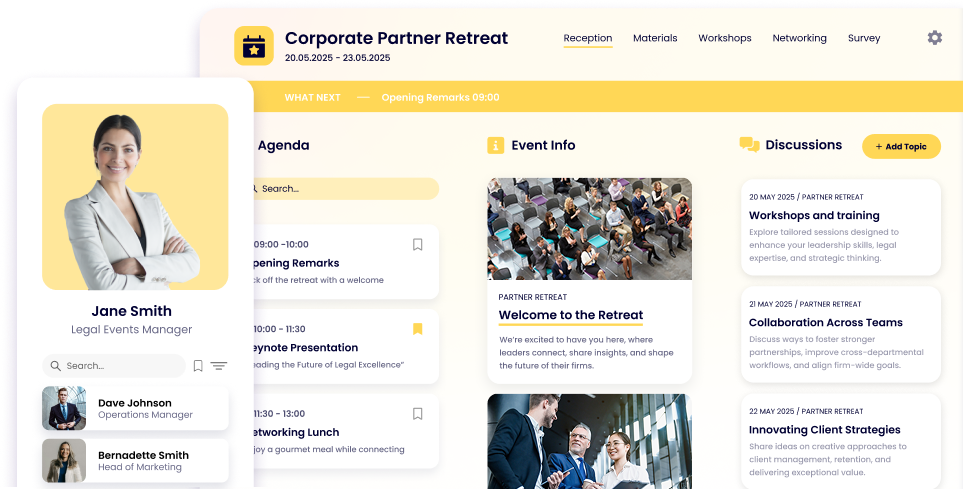The Best Event Proposal Templates and Tips

Lisa Broom | Head of Marketing
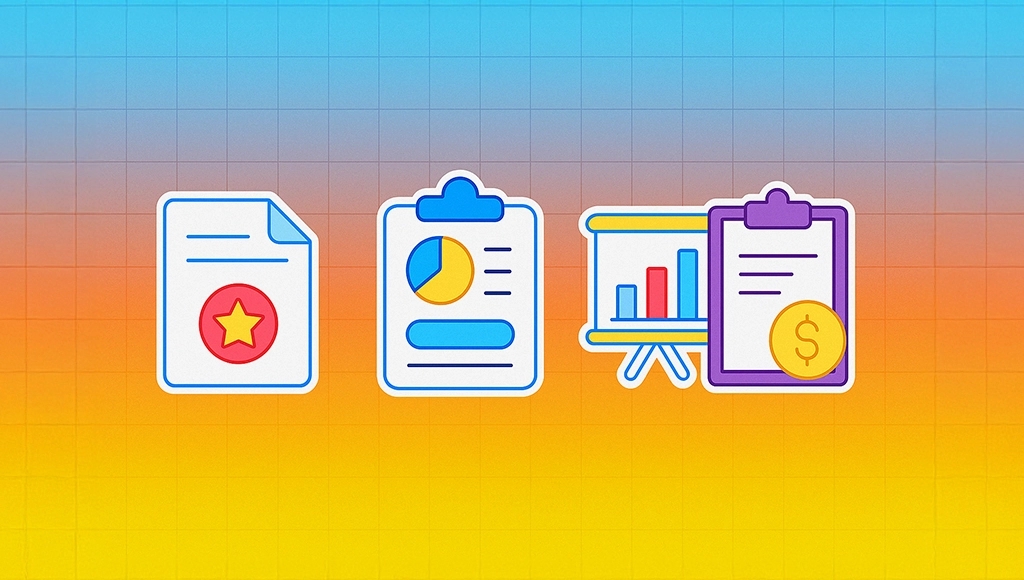
Key Takeaways
- An effective event proposal is a structured document that aligns with client goals, including essential elements like an executive summary, event details, objectives, and budget.
- Personalization and visual storytelling enhance client engagement, making the proposal memorable while showcasing expertise and past successes.
- Leveraging technology, such as event management software and interactive content, streamlines the proposal process and improves client communication.
4 Essential Elements of an Event Proposal
A well-crafted event proposal goes beyond basic details – it’s a strategic plan demonstrating feasibility, creativity, and professionalism. Using a customizable event proposal template saves time and ensures consistency.
1.Executive Summary
The executive summary provides a concise overview of the event, aligning it with the client’s objectives. It should include:
- Event purpose and goals
- Measurable objectives
- Vision and expected outcomes
This section should immediately capture the client’s attention by demonstrating how the event aligns with their mission and objectives.
2.Event Details

Accurate and clear event details set the foundation for success. Include:
- Date, start & end times
- Venue details (capacity, accessibility, and amenities)
- Planned activities and key highlights
3.Objectives and Goals
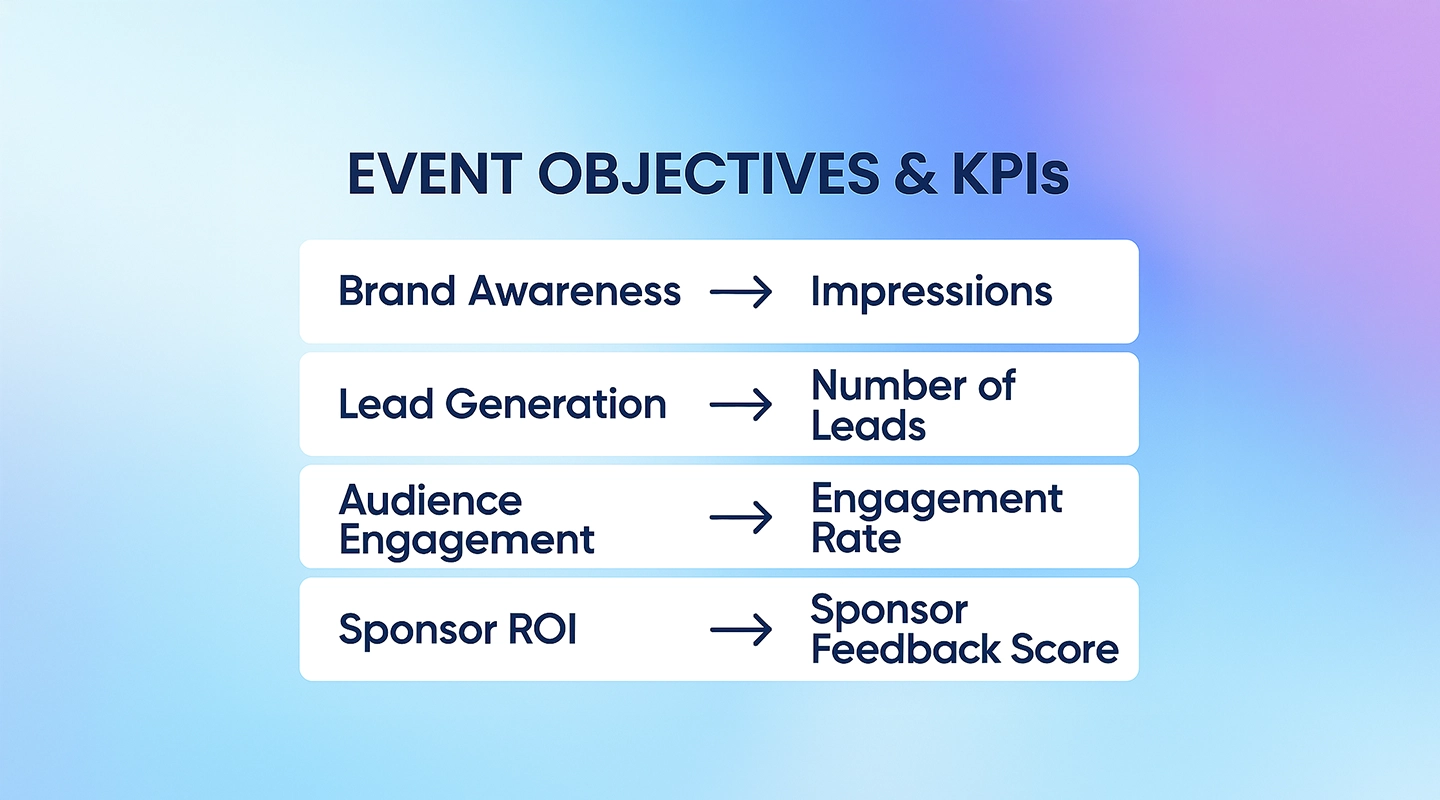
Define clear goals to measure event success. Common objectives include:
- Increasing brand awareness
- Driving ticket sales or registrations
- Enhancing audience engagement
4.Budget Overview
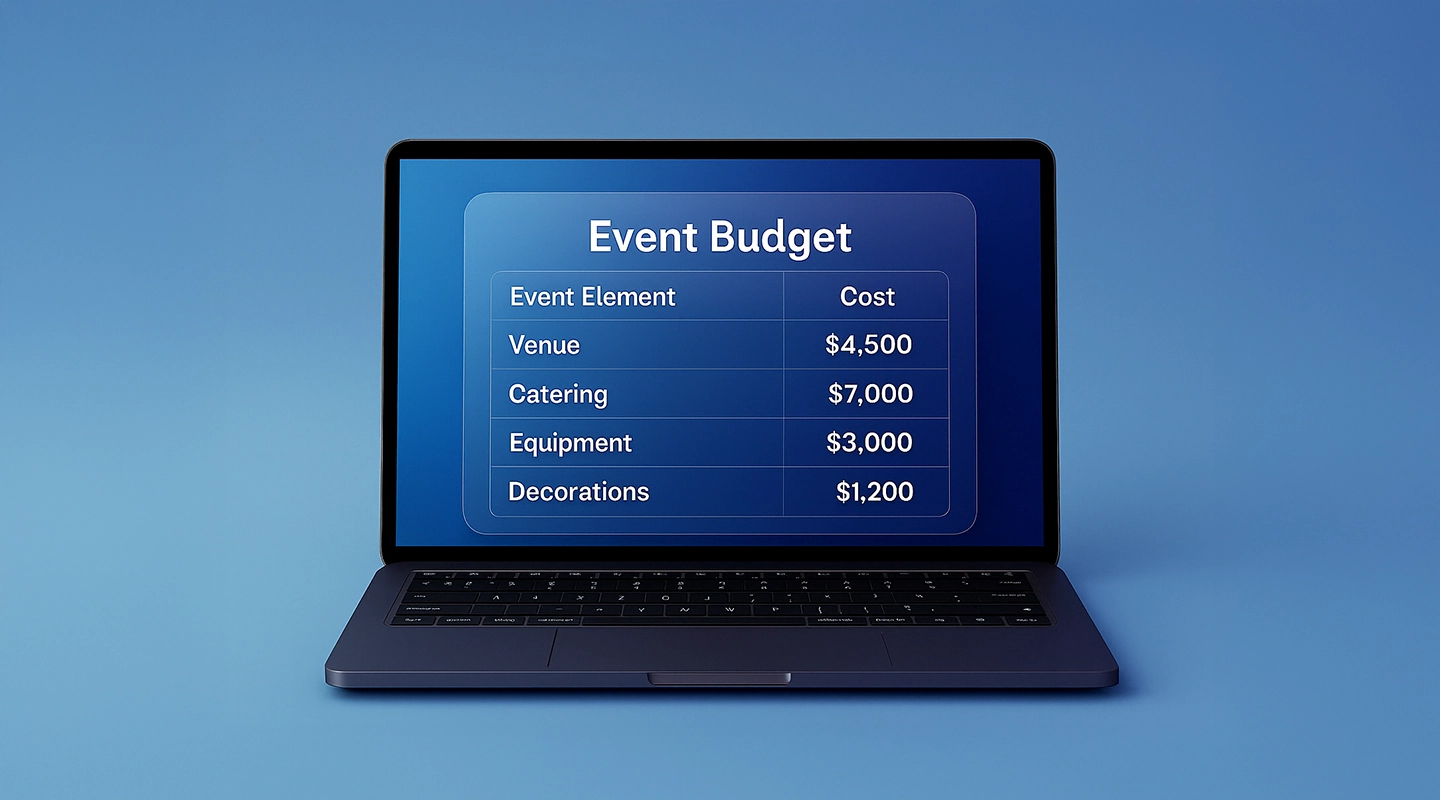
A transparent budget prevents misunderstandings and builds trust. This section should outline:
- Revenue projections
- Cost breakdowns (venue, catering, marketing, logistics, etc.)
- Pricing strategies and expected income sources
See Free Event Budget Templates.
Crafting a Compelling Event Proposal in 3 Steps
1.Conduct Initial Client Discussions
Before drafting the proposal, hold a discovery session to understand the stakeholder’s vision, objectives, and preferences. Address:
- Preferred themes, colors, and branding
- Specific goals and expected ROI
- Venue and capacity requirements
2.Highlight Expertise and Past Events

Build credibility by showcasing:
- Your team’s experience in event management
- Client testimonials and case studies
- Photos and videos from past successful events
3.Create an Engaging Budget Presentation
Visualizing costs enhances transparency. Use charts and graphs to present financial details clearly and avoid surprises.
3 Effective Presentation Techniques for Event Proposals
1.Use Visual Storytelling
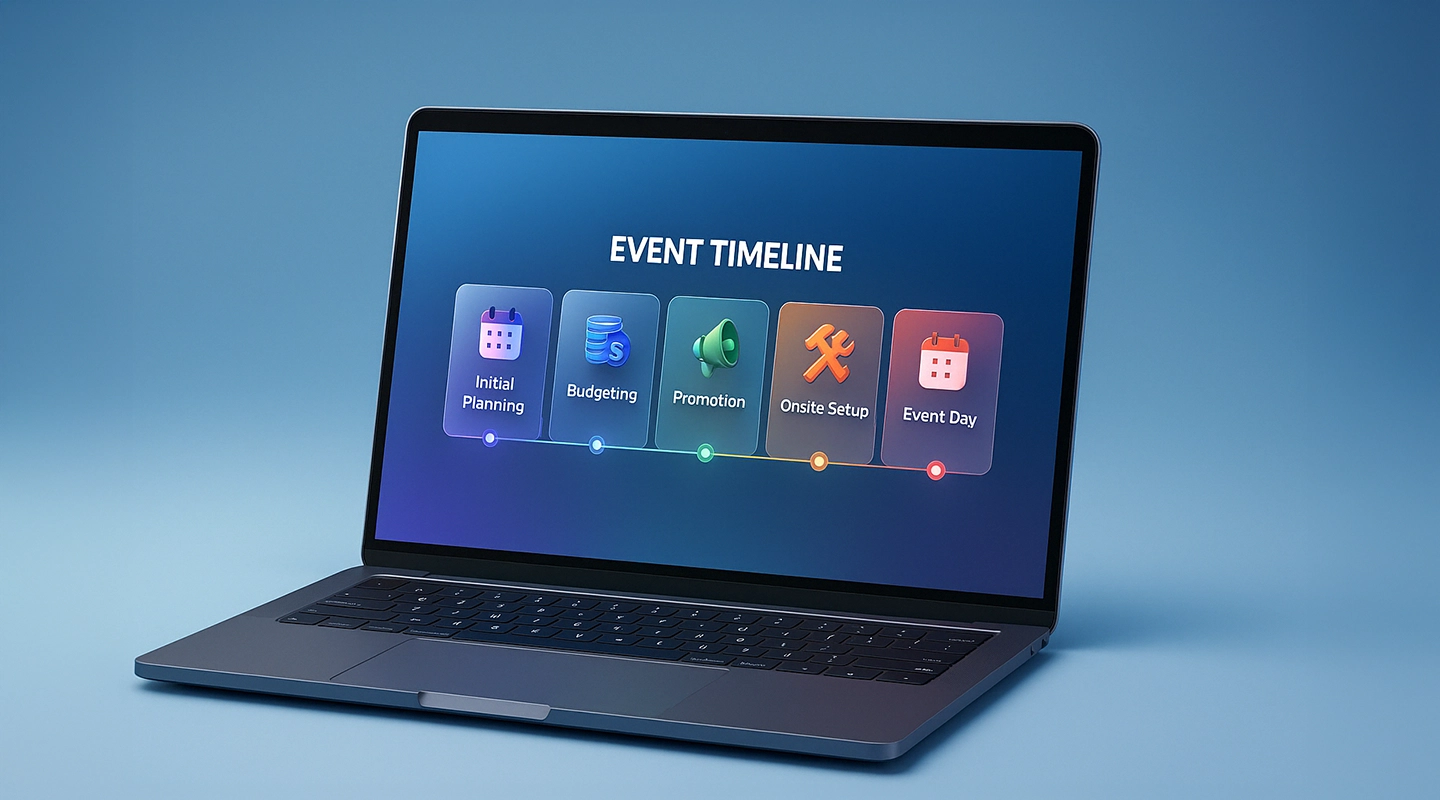
Adding visuals to your proposal enhances engagement. Consider incorporating:
- Infographics to illustrate event flow
- Mood boards for branding elements
- Interactive elements such as clickable tabs
2.Personalize the Proposal
Tailor the proposal by:
- Using the client’s brand colors and logo
- Addressing the client’s unique challenges
- Using industry-specific language
3.Include Testimonials and Case Studies
Reinforce trust by adding:
- Client reviews from previous events
- Data-driven case studies showcasing past successes
3 Tips to Leverage Technology in Event Proposals
1.Event Management Software
Using event planning software streamlines organization, task management, and communication. Popular tools include Trello & Asana (for task tracking) and Fliplet (for mobile event management apps).
2.Interactive Content
Make your proposal stand out with:
- Clickable proposal sections
- Embedded videos and animated timelines
- AI-powered budgeting tools
3.Data Visualization
Utilize charts and graphs to simplify complex financials and enhance understanding of key metrics.
Example of a Winning Event Proposal Template
Organizing a standout event begins with a compelling proposal. Whether you’re pitching to a corporate client or outlining a plan for an internal team, your event proposal needs to be professional, persuasive, and precise. Below is a detailed template to guide you through creating a winning event proposal that aligns with client goals, maximizes ROI, and leaves a lasting impression.
1.Overview and Objectives
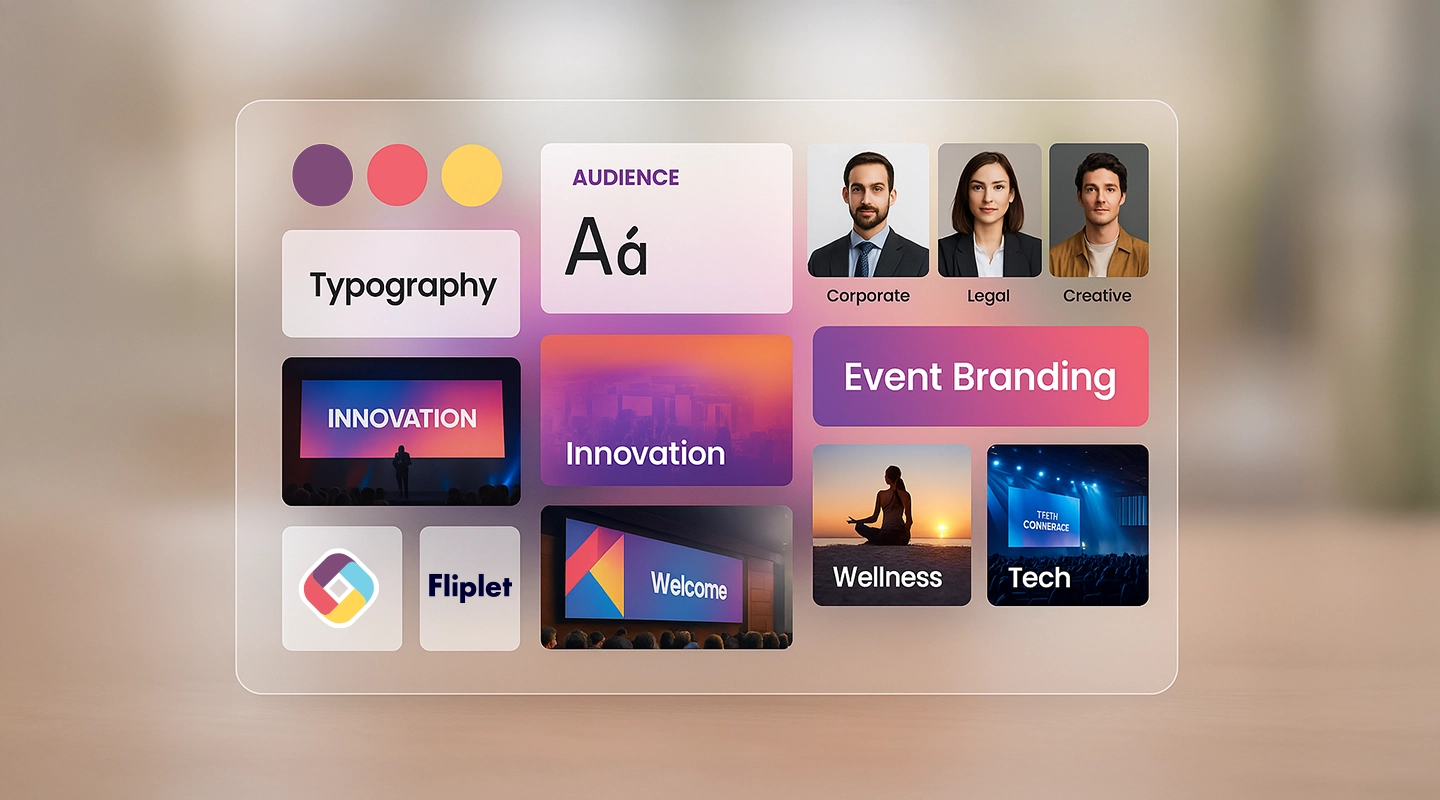
Begin with a concise executive summary that captures the essence of the event. This section sets the tone for the proposal and should highlight:
- Event Purpose & Theme: What is the goal of the event? Is it a product launch, conference, charity fundraiser, or team-building retreat?
- Target Audience & Expected Turnout: Identify who the event is for, their demographic characteristics, and how many attendees you anticipate.
- Client’s Branding Integration: Briefly explain how the client’s brand will be woven throughout the event—from visuals and messaging to the overall experience.
2.Proposed Services and Venue Booking
This is where you showcase your event planning capabilities. Detail the services you’re offering, broken down into clear categories:
Venue Selection & Logistics
Provide 2-3 venue options with details like:
- Location accessibility
- Capacity
- Ambiance and style
- Availability on preferred dates
Catering & Entertainment
Outline tailored menus and entertainment ideas that suit the event’s tone. Offer flexible options for dietary requirements and diverse audiences.
Marketing & Attendee Engagement Strategies
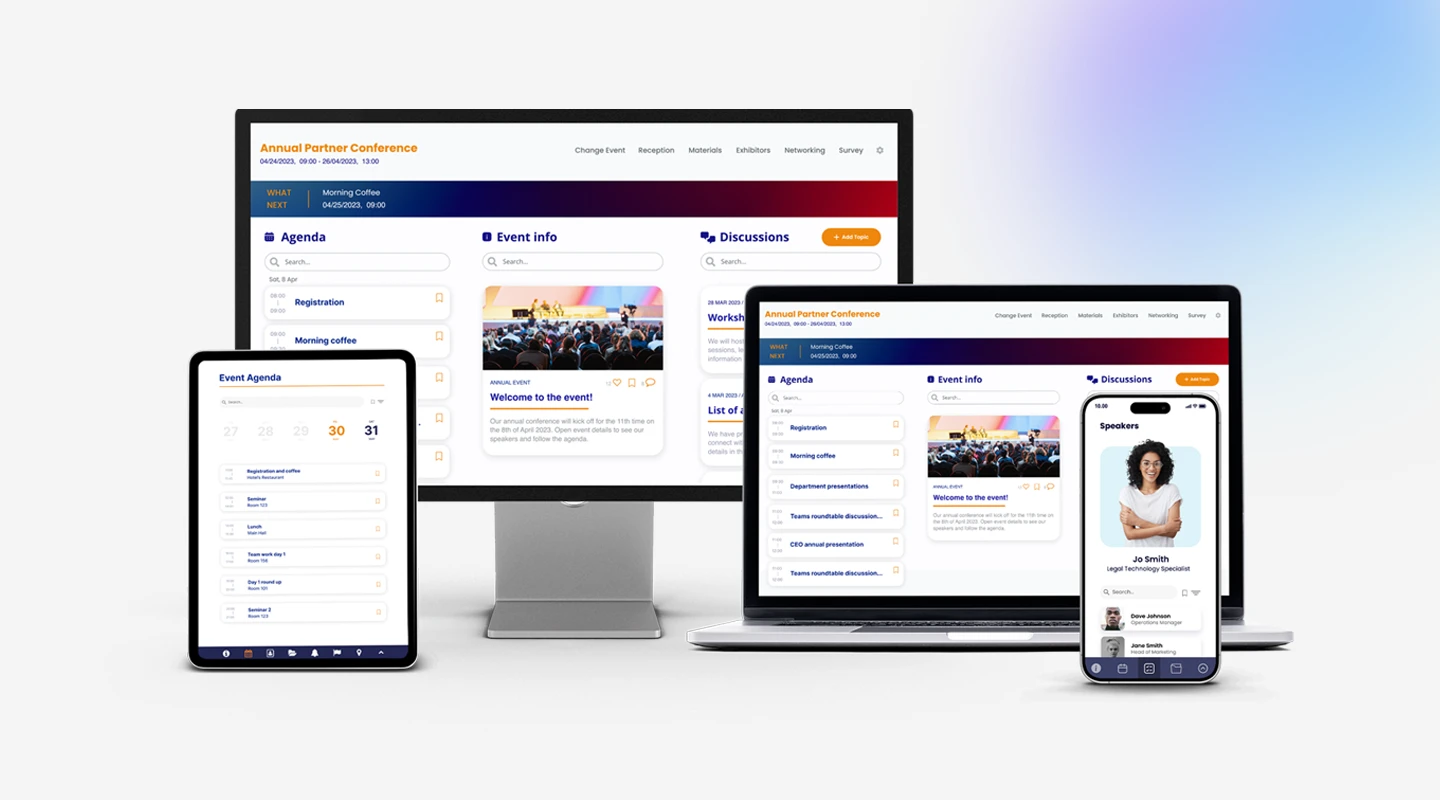
Propose a promotional plan to attract and retain attendees. Consider:
- Email campaigns
- Social media promotion
- Influencer or speaker collaborations
- Mobile event apps like Fliplet for seamless attendee engagement, schedule tracking, and feedback collection.
💡 Pro Tip: Using Fliplet’s customizable event app allows clients to showcase their brand while improving user experience and interaction.
3.Event Schedule and Timeline
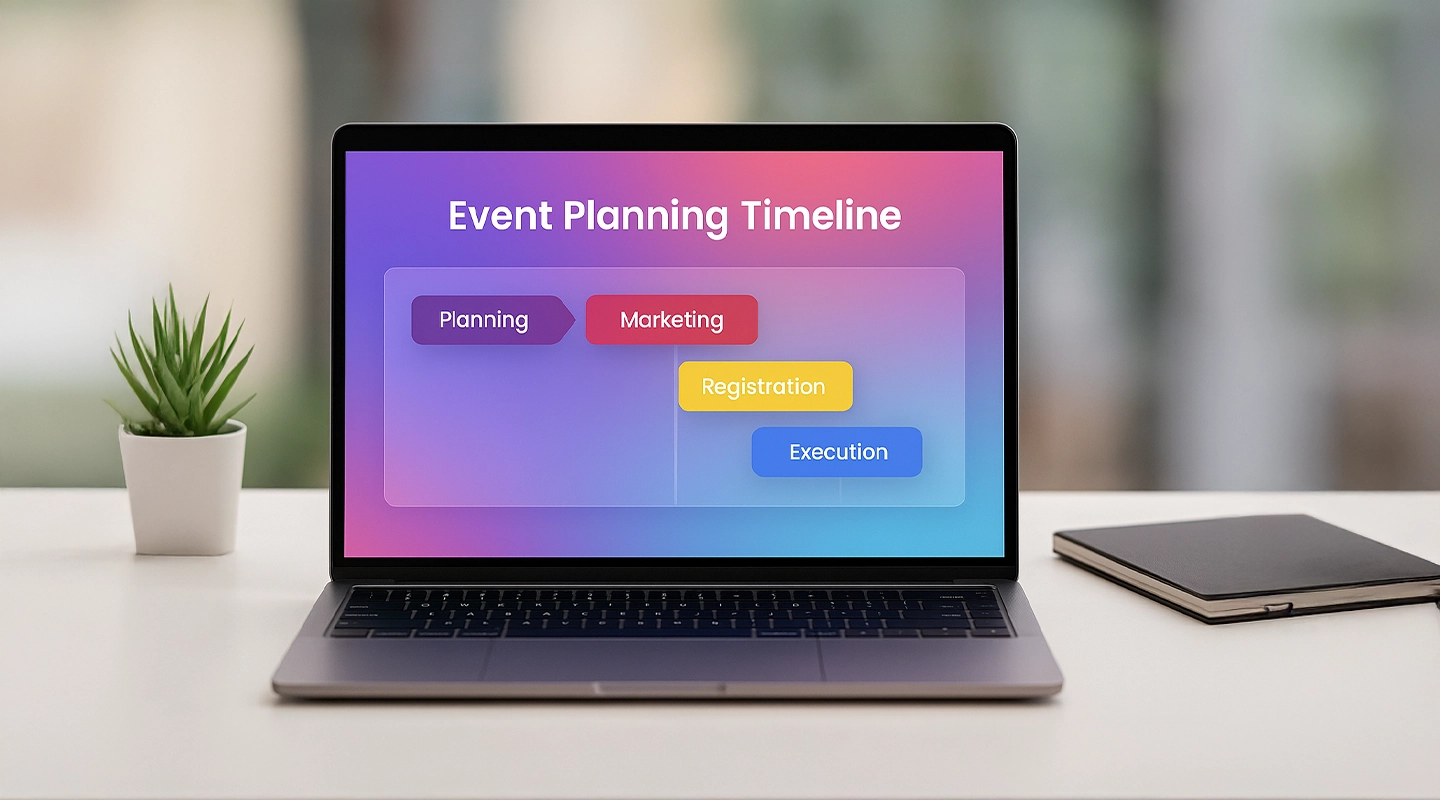
Give clients a bird’s-eye view of the planning process. A clear, phase-by-phase timeline instills confidence in your management skills.
| Phase | Milestone | Deadline |
| Planning | Finalize event concept, book venue, sign contracts | 2 months before |
| Promotion | Launch marketing campaign, send invites | 6 weeks before |
| Execution | Final run-through, vendor confirmations | 1 week before |
| Event Day | Onsite coordination, real-time problem solving | Event date |
| Follow-Up | Post-event survey, ROI review, thank-you emails | 1 week after |
Tips for Writing a Successful Event Proposal
✅ Tell a Story – Engage stakeholders with a narrative approach to make the proposal more compelling.
✅ Be Transparent About Costs – Clearly outline budget expectations to build trust.
✅ Focus on Client Needs – Tailor each section to address the client’s specific goals and concerns.
Summary
A well-structured event proposal increases approval chances by aligning with client goals and demonstrating feasibility. Key takeaways:
- Personalize your proposals with branding and testimonials.
- Leverage technology for efficiency and engagement.
- Use interactive elements and clear data visualization.
By applying these tips and using event proposal templates, you can create standout proposals that win over stakeholders and bring events to life.
FAQs
What are the essential elements of an event proposal?
An effective event proposal should include an executive summary, event details, objectives, and budget for clarity and structure.
How can I make my event proposal stand out?
Personalize it with the client’s branding, visual storytelling, testimonials, and case studies to capture attention.
Why is transparency about costs important in event proposals?
Clearly presenting budget details builds trust and prevents misunderstandings, ensuring smoother approvals.
How can technology enhance my event proposal?
Using event management software and interactive content improves organization, engagement, and client communication.
What role do initial client discussions play in crafting an event proposal?
Understanding the client’s vision and needs ensures a tailored proposal that meets their expectations from the start.


